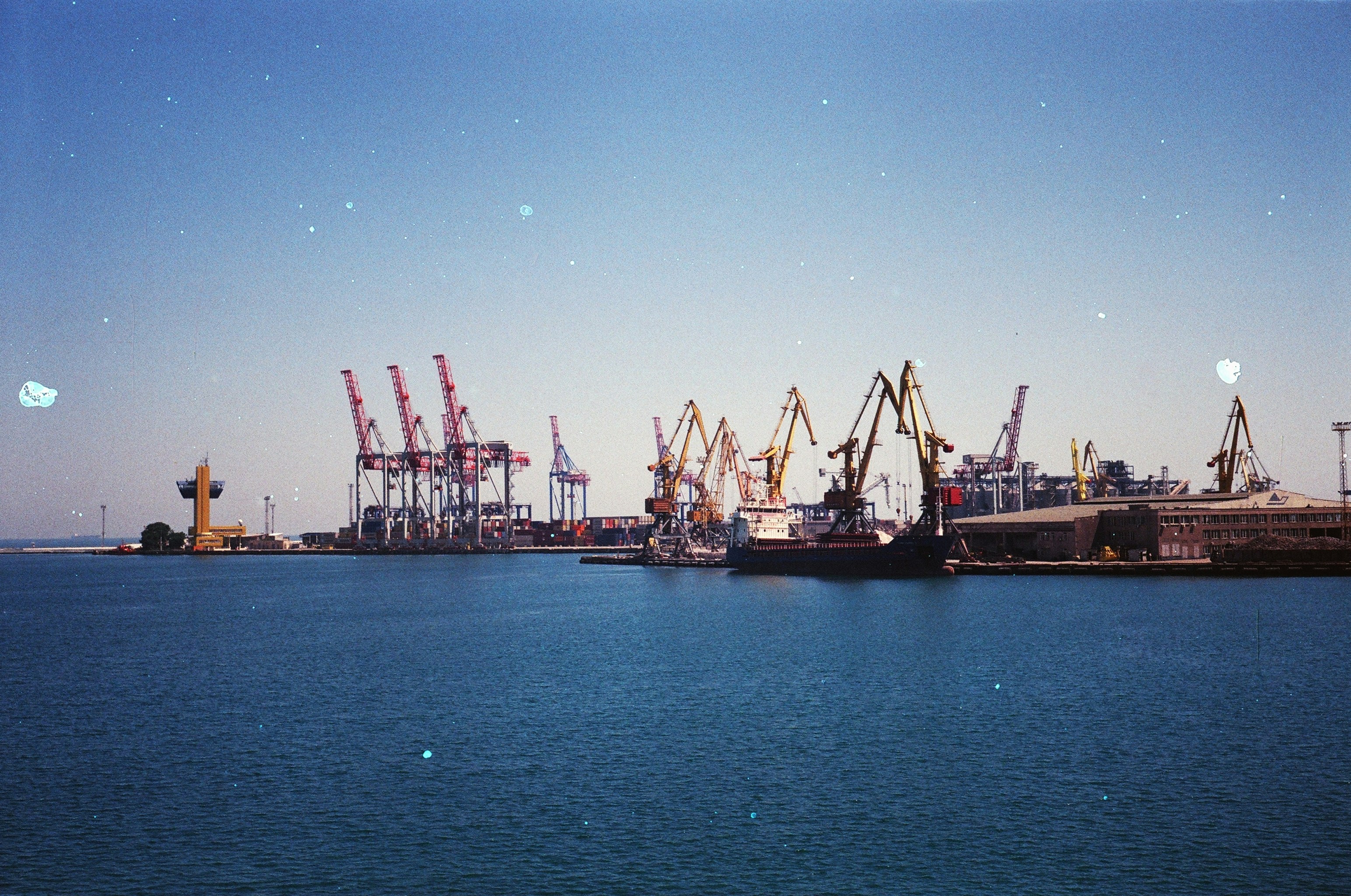Why Shipping’s Digital Future Starts with a Vessel Reporting System
For years now, “digitalization” has been the buzzword echoing through conferences, strategy meetings, and LinkedIn posts in the shipping industry. Yet, for many operators, day-to-day reality still feels stubbornly analog: logbooks scrawled in pen, endless email chains, spreadsheets that seem to multiply like rabbits, and an army of crew and office staff spending countless hours collecting, correcting, and forwarding data. It’s not that the industry doesn’t see the value of technology - it’s that the leap from manual to fully digital often feels too big, too costly, or too disruptive to attempt in one go. Meanwhile, the pressure is building.

Regulation, Reporting, and Real-Time Demands
Whether it’s MRV and EU ETS, CII ratings, charter party compliance, or environmental KPIs, the regulatory burden on ship operators is growing. What used to be a monthly reporting exercise is now a near-continuous demand for fresh, accurate, and auditable data.
The real shift? It’s no longer enough to react after the fact. In today’s climate, operators need to spot trends before they become problems, correct inefficiencies in real time, and demonstrate compliance instantly - not weeks later after the paperwork has been processed.
The only way to meet that demand is by replacing disconnected, error-prone manual processes with systems designed for speed, accuracy, and foresight.
Why Paper and Spreadsheets Hold You Back
Anyone who has run operations the “old way” knows the pain points:
- Duplicate work - The same numbers entered three times in three different formats.
- Delayed insight - By the time performance data is consolidated, the voyage (and the opportunity to improve it) is over.
- Human error - Typos, copy-paste mistakes, and incomplete entries create a chain of inaccuracies.
- Reactive culture - Decisions made too late, based on yesterday’s picture.
It’s a slow churn that not only costs manhours but also chips away at competitiveness.
Start with a Vessel Reporting System
For many operators, the fastest and least disruptive way to break this cycle is by implementing a Vessel Reporting System (VRS) - such as The Ship VRS - as the first step into the digital era.
Why start here? Because reporting is the backbone of operational awareness. A VRS centralizes and automates the collection of voyage, fuel, emissions, and performance data, synchronizing it seamlessly between vessel and shore. The result:
- Single source of truth - All data in one place, standardized, and instantly accessible.
- Fewer man-hours wasted - Automatic calculations, pre-filled reports, and reduced manual entry.
- Proactive decision-making - Performance alerts and trend insights delivered in real time.
- Audit-ready compliance - MRV, FuelEU and EU ETS reporting handled with minimal friction.
In other words, a VRS transforms reporting from a painful chore into a continuous stream of operational intelligence.
From Reaction to Anticipation
When data arrives clean, complete, and on time, your shore team can stop firefighting and start planning. Fuel consumption anomalies can be investigated while the voyage is still in progress. Charter party compliance can be monitored daily, not after the voyage ends. Efficiency measures can be applied before penalties, not after.
This is the difference between reacting to problems and anticipating them - a shift that only happens when the operational heartbeat of the company is digitized at its core.
The Digital Era Doesn’t Have to Be an Overhaul
The shipping industry doesn’t need more hype around “digital transformation.” It needs practical, achievable steps that deliver immediate value. A Vessel Reporting System is exactly that: a quick win that lays the foundation for future integrations, analytics, and automation.
From there, the journey can expand - integrating with voyage optimization tools, maintenance systems, and environmental monitoring - but the first step is to get your operational data flowing freely and accurately. Because in the end, you can’t improve what you can’t see.
Conclusion
The buzzword has been around for years. The reality, for many, has not caught up. But with regulatory pressure mounting and efficiency gains waiting to be unlocked, starting with a Vessel Reporting System is the smartest, fastest way to go from paper and pen to a proactive, data-driven operation.

Why Shipping’s Digital Future Starts with a Vessel Reporting System

Why the Statement of Facts is Essential in Shipping Operations

FuelEU Maritime: What shipping operators need to know
Get in touch
Have any questions about The Ship VRS? Don't hesitate to reach out to our sales team.

